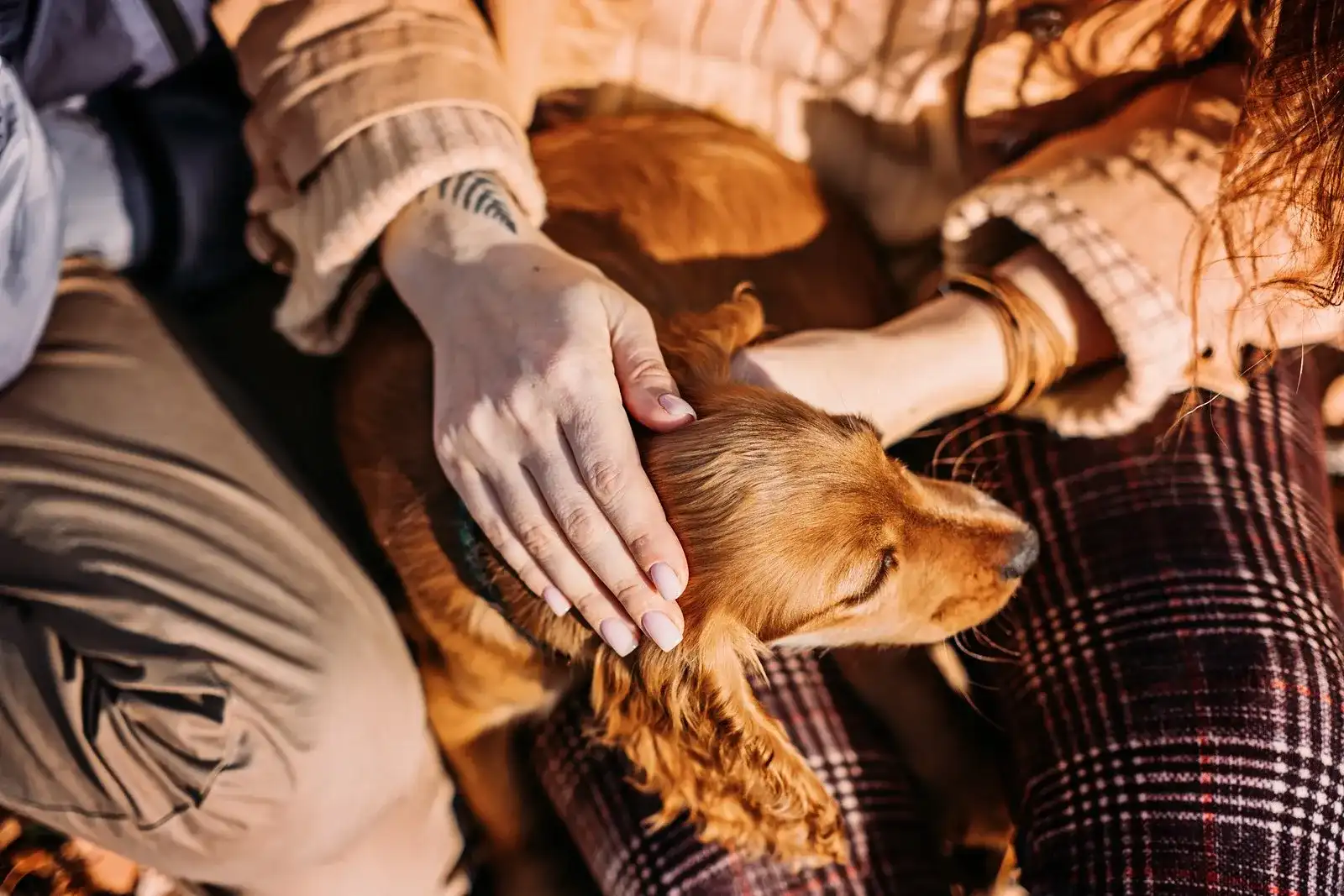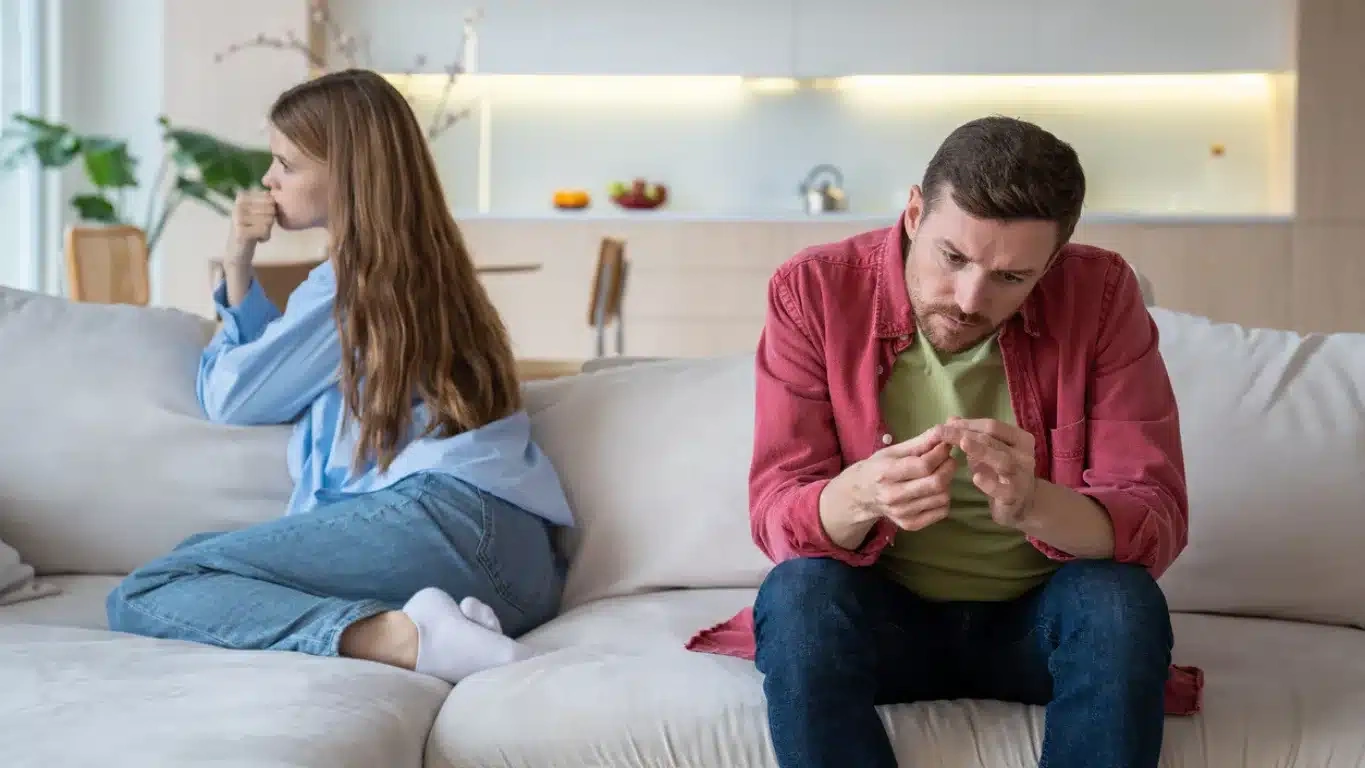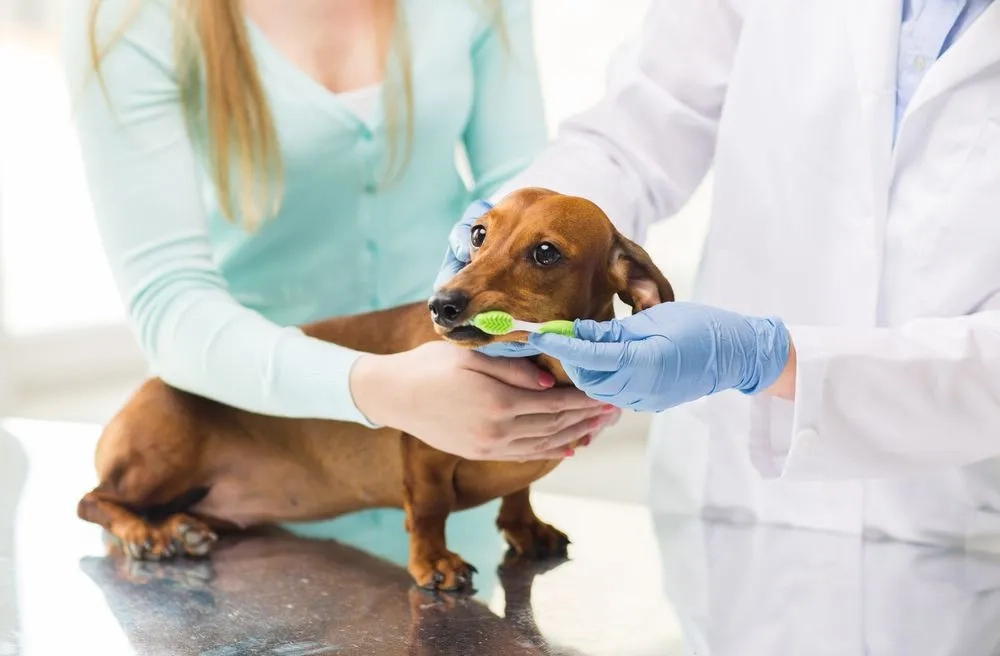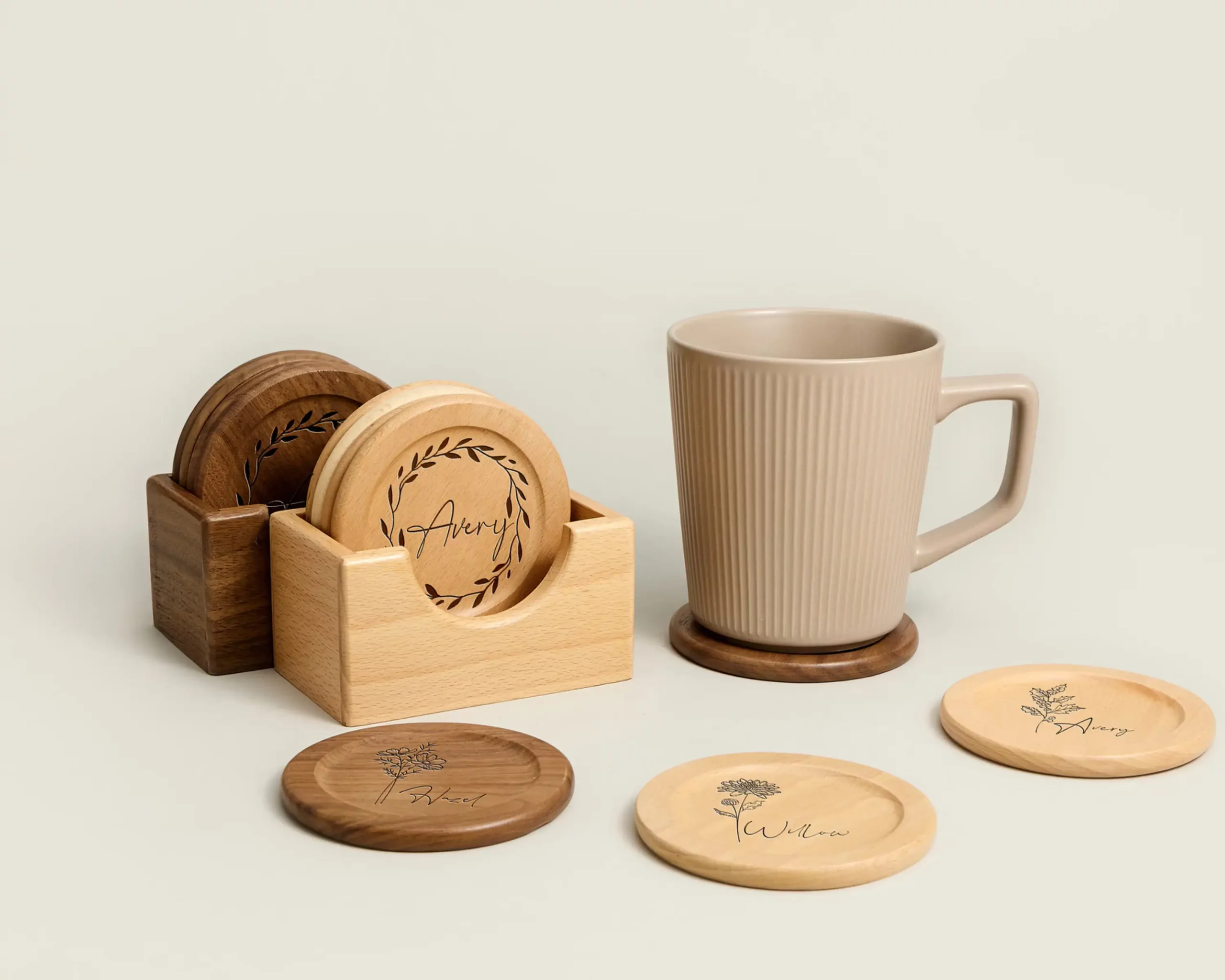As veterinary care evolves, there is an increasing emphasis on hospice care for pets, particularly focusing on calming strategies for anxious pets during their end-of-life phase. This comprehensive care approach addresses the unique needs of anxious animals through various techniques. Modifying the home environment to reduce stress, incorporating gentle physical therapy, and adjusting diets are crucial steps in creating a serene atmosphere. This discussion invites us to explore how these adjustments not only alleviate anxiety but also enhance the quality of life for pets in hospice care. It raises important questions about best practices and innovative methods in this compassionate area of veterinary medicine.
Key Takeaways
- Create a quiet, peaceful environment with soft music and minimal noise to ease pet anxiety.
- Provide comfortable resting areas with favorite bedding and toys for a sense of security.
- Introduce gentle massages and controlled aromatherapy to promote relaxation and well-being.
- Adjust diet to include Omega-3 fatty acids and B vitamins to support nervous system health.
- Maintain a consistent routine and calm interactions to reinforce a secure, comforting atmosphere.
Understanding Hospice Care Anxiety
Hospice care, a compassionate approach designed to support pets in their final stages of life, often triggers anxiety both in animals and their caregivers. Understanding this anxiety is essential. Scientifically, symptoms manifest from uncertainty and discomfort. Practically, recognizing signs of distress early allows for timely interventions. Embracing this phase together fosters a sense of belonging and eases the emotional burden, enhancing the quality of remaining time.
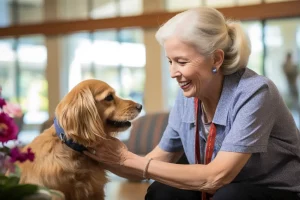
Environmental Modifications for Comfort
Creating a serene environment can greatly alleviate anxiety in pets receiving hospice care. Opt for soft, soothing music and maintain a quiet setting to reduce stress. Make certain their resting area is comfortable, away from high traffic zones, with their favorite bedding and toys. Soft lighting and maintaining a consistent temperature can also create a calming atmosphere, fostering a sense of security and belonging for your pet.
Therapeutic Techniques for Relaxation
In addition to creating a serene environment, implementing therapeutic techniques can further enhance relaxation for pets experiencing anxiety in hospice care. Gentle massage, soothing music, and controlled aromatherapy are evidenced-based methods that can greatly calm your pet. These practices foster a deep sense of security and belonging, ensuring your beloved companion feels supported and cherished during their most vulnerable times.
Dietary Considerations and Supplements
Frequently overlooked, dietary considerations and appropriate supplementation play an essential role in managing anxiety in pets undergoing hospice care. Integrating omega-3 fatty acids, which have anti-inflammatory properties, can greatly soothe nervous systems. Additionally, the inclusion of B-vitamins supports brain health, reducing stress. Consult with a vet to tailor these nutrients to your pet’s specific needs, fostering a nurturing, supportive environment during their delicate phase.
Training and Behavioral Adjustments
Training regimen modifications and thoughtful behavioral adjustments are essential in alleviating anxiety among pets in hospice care. Introducing gentle, reward-based training can considerably soothe and reassure your pet, fostering a deeper bond. Consistency in routine and calm interactions are vital. Understand their limits and adapt to their comfort needs, enhancing their sense of security and belonging during this sensitive stage.
Frequently Asked Questions
How Can Music Influence Anxiety Levels in Hospice Pets?
Music can greatly reduce anxiety in hospice pets by providing a soothing environment. Calm, classical tunes are particularly effective in stabilizing heart rate and promoting relaxation, enhancing overall comfort for these animals.
Are There Benefits to Aromatherapy for Pets in Hospice?
Aromatherapy can be beneficial for pets in hospice, offering a non-invasive method to alleviate anxiety and improve comfort. Essential oils like lavender have been noted for their calming effects when used appropriately.
What Role Does Pet-Owner Bonding Play in Reducing Anxiety?
Pet-owner bonding notably reduces anxiety in animals by providing comfort and security. Regular, gentle interactions foster a sense of belonging and safety, essential for pets experiencing stress in their final stages of life.
Can Regular Grooming Help Soothe an Anxious Hospice Pet?
Regular grooming can considerably soothe an anxious hospice pet by providing consistent, gentle touch and establishing a routine, which helps enhance their sense of security and comfort during this challenging phase of their life.
How Do Different Pet Breeds React to Anxiety in Hospice Care?
Different pet breeds exhibit varying reactions to anxiety in hospice care, influenced by their genetic predispositions and temperament. Understanding these breed-specific traits can guide personalized, effective calming strategies for each animal.
Conclusion
In summary, effectively addressing anxiety in pets during hospice care requires a multifaceted approach. Integrating environmental modifications, therapeutic relaxation techniques, and tailored dietary adjustments creates a supportive atmosphere that can greatly alleviate stress. By fostering such a nurturing environment, caregivers guarantee that their pets receive the compassion and comfort needed during this sensitive period. This holistic approach not only enhances the quality of life for pets in hospice care but also supports their overall physical and emotional well-being.
Also Read: Advantages of Nutritious Office Meals in Enhancing Lifestyle

